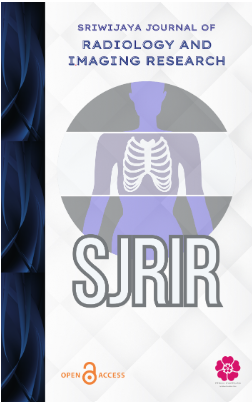Main Article Content
Abstract
MRI is becoming the choice for performing high-resolution structural imaging in epilepsy. Selection of brain MRI sequences with appropriate clinical epilepsy is very important to s how abnormalities clearly so that the diagnosis can be made. The epilepsy protocol includes T1 and T2 weights, as well as fluid-attenuated inversion recovery (FLAIR). This literature review aims to describe the protocol for brain MRI examination in epilepsy patients. There is one special sequence that is used as a parameter for brain MRI examination in cases of epilepsy, namely fast spin-echo inversion recovery (FSE-IR), which is a modification of conventional inversion recovery and is used to suppress signals from certain tissues a ssociated with T2 weighting. The coronal T2 propeller sequence is the sequence for showing pathology in the hippocampus. Coronal FSE-IR is useful for evaluating the hippocampus from the coronal side by eliminating the white signal to increase the contrast between white matter and gray matter. In conclu sion, each sequence in the MRI examination protocol has a specific goal, namely to reveal pathology on the MRI slice and establish a diagnosis.
Keywords
Article Details

This work is licensed under a Creative Commons Attribution-NonCommercial-ShareAlike 4.0 International License.
Sriwijaya Journal of Radiology and Imaging Research (SJRIR) allow the author(s) to hold the copyright without restrictions and allow the author(s) to retain publishing rights without restrictions, also the owner of the commercial rights to the article is the author.





